This list barely scratches the surface of must-try Korean cuisine, but includes some essential dishes to tick off your foodie list, whether you're visiting the country or a Korean restaurant.
Bibimbap
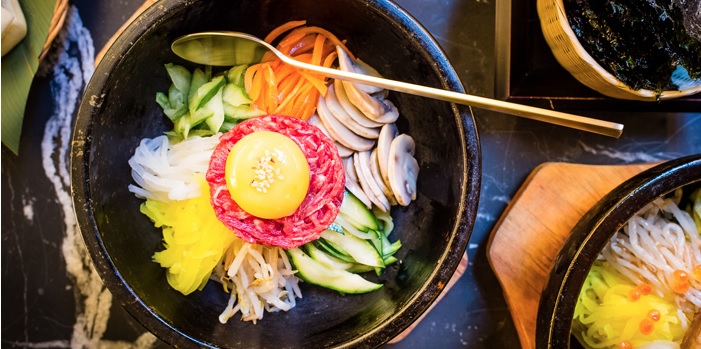
Probably the best-known Korean dish, this originated on the eve of Lunar New Year when it was traditional to use up all the vegetables and side-dishes in the house. A hot stone bowl is filled with cooked rice and topped with vegetables, pickled Chinese radish, carrot and mushrooms. Great care is taken to make the dish look attractive. Egg yolk and raw beef are also popular additions; when stirred through they cook against the hot stone.
Kimchi
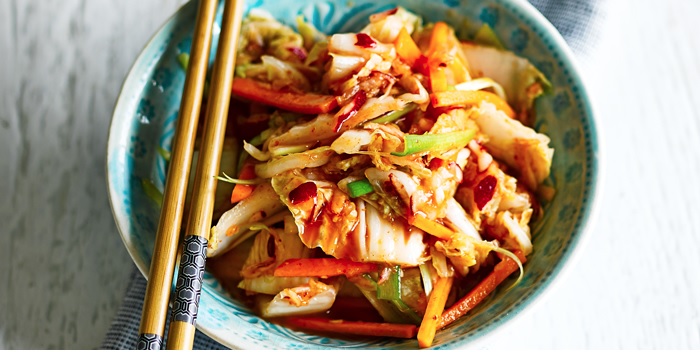
Kimchi is lacto-fermented Chinese leaf (baechu kimchi) seasoned with chilli and enjoyed at almost every meal in Korea – usually as a side-dish.
Kimchi fried rice
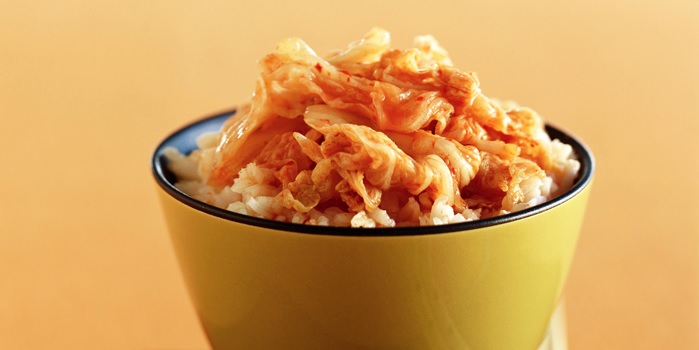
For this dish, kimchi is used as an ingredient. To make it, fry diced pork in oil then add chopped kimchi and cooked rice, mixing together as you cook. Toss in some sesame oil and spring onion, and serve with a fried egg on top for a simple but hearty meal.
Sundubu Jjigae
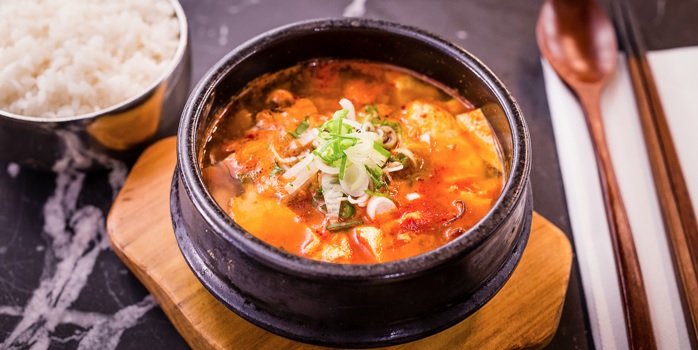
Jjigae is a type of rich, spicy stew. This seafood and silken tofu version is called sundubu and served like bibimbap in a hot stone bowl.
Bulgogi
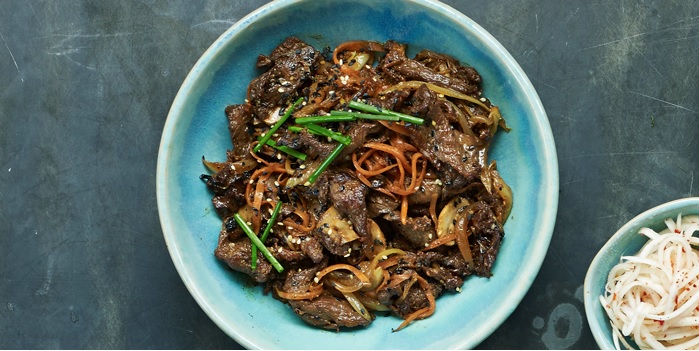
Bulgogi is a traditional style of Korean barbecue. Beef, pork belly or chicken are marinated in soy sauce, sugar and pear juice, then cooked on a hot-plate on the table.
Toppoki
This popular, filling dish of dduk (ricecake), fishcake, and quail's eggs is cooked in a gochujang- based sauce, (a spicy, fermented red chilli paste). Typically bought from snack bars and street-food stalls, this is a savoury, soupy and very satisfying snack.
Japchae
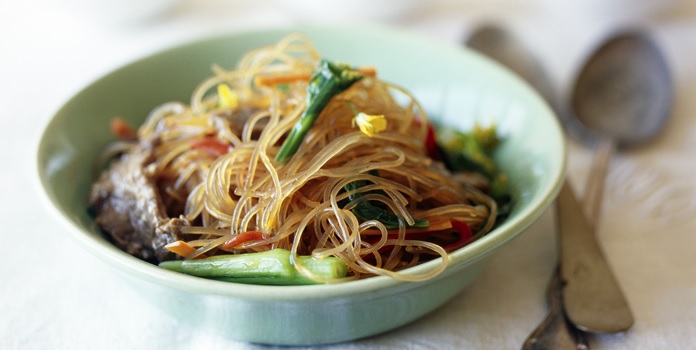
A glass noodle with a chewy texture (made with sweet potato) often stir-fried with crunchy vegetables, sesame oil, pepper and sugar and added to jorim (a broth-based sauce).
Kan poong gi
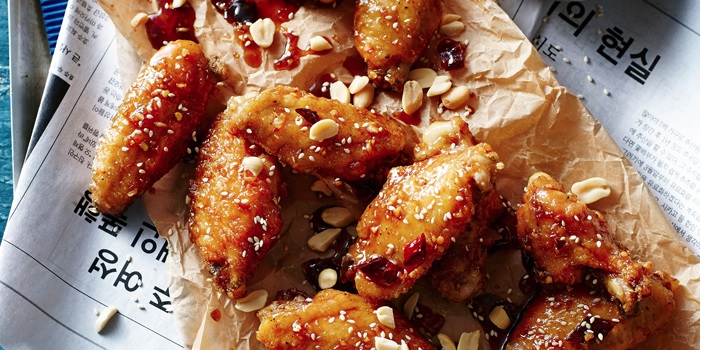
Koreans love fried chicken, and this spicy, garlicky way of preparing it is very popular. Pieces of chicken are marinated, double deep-fried and covered in a kan poong chilli oil-based sauce.
Yook hwei
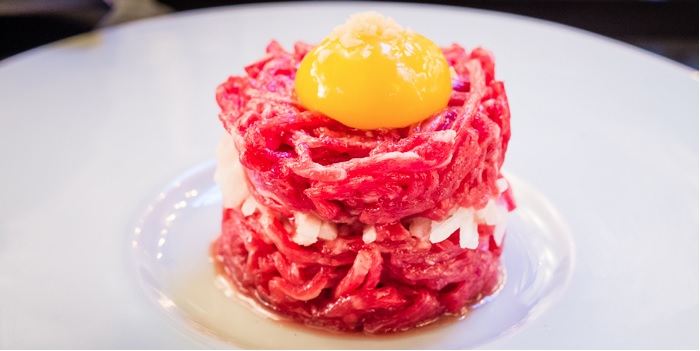
A Korean version of steak tartare seasoned with sesame oil, soy sauce, sugar, spring onion and Korean pear. Topped with an egg yolk, this is a subtle and sophisticated dish. It is often topped with pine nuts.
Miso sobaegi
This umami-rich vegetarian dish of steamed and fried aubergine is topped with enoki, oyster and shiitake mushrooms, which have been cooked in a miso sauceand sprinkled with cress, deep-fried rice and sliced red chilli.
Mandu
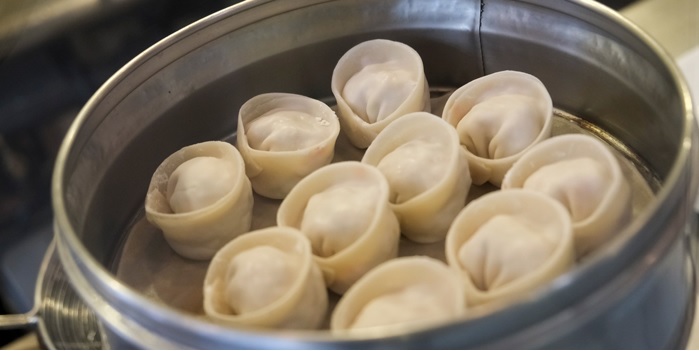
Korean dumplings that can be steamed (jjin-mandu), fried (kun-mandu) or boiled (mul-mandu) and filled with chicken, veg or meat.

